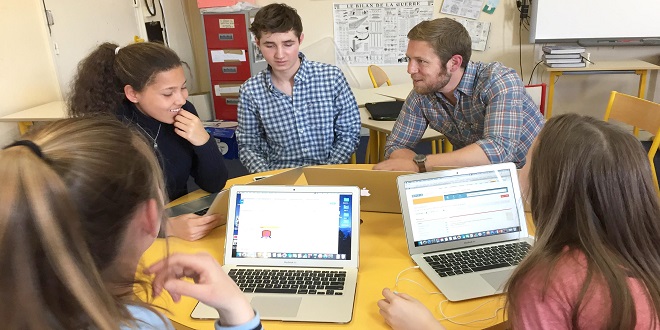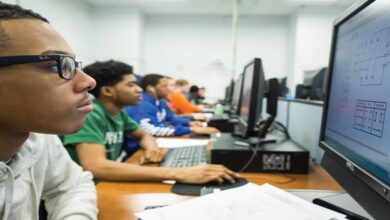REAL-LIFE LEARNING IN HIGHER EDUCATION

INTRODUCTION
While ‘real-life’ learning is commonly identified with workplace or lifelong learning outside of an individual’s initial pre-workforce education in the school and Higher Education sectors, this does not preclude real-life learning experiences occurring within Higher Education programs, hi particular, in those programs that focus on the development of performancebased expertise in professional practice – such as in teaching, the Arts, and in medicine – the use of real-life workplace-based learning experiences has the potential to greatly enrich and enhance learners understandings and skill development.
THE CONTEXT
The context of this paper is the semester-long unit ‘Creating Effective Learning Environments’ (CELE) — one of six units of the ‘Education Studies Major’ (ESM) program in the Faculty of Education at Deakin University. The ESM aims to provide students with a broad range of academic and professional knowledge and skills that meet the diverse needs of graduate teachers.
Other units in the ESM cover developmental and learning issues, curriculum models and influences and the development of particular curricula. Methodological issues in particular content areas are addressed in a separate series of ‘methods’ units. Students also undertake an extensive practicum program over the duration of their degree.
Students in the ESM include recent school graduates, mature age learners making a career change to teaching, and international students. The ESM program is delivered face-to-face on three campuses at Burwood, Geelong Warmambool. It is also offered in off-campus mode.
Why PBL?
The decision to adopt a PBL approach was based on the belief that in a program about effective learning environments, it was essential to adopt an effective adult learning environment model for the unit itself PBL provided the opportunity to both create an appropriate student-centered team-based active learning environment, and to provide students with experiences of a different pedagogical approach to learning than those previously experienced in their course – a case of learning by modelling and immersion in which students were to act out the role of teachers developing policy as the basis of their work in CELE and to engage in genuine professional tasks.
The Victorian Institute of Teaching
The Victorian Institute of Teaching (VIT) was established in 2001 in recognition of the need to provide a professional body for the teaching profession — one that would serve to enhance the professional status of teachers, to regulate entry to the teaching profession, and to ensure the maintenance of professional standards (VIT, 2004b).
Whereas previously, new entrants to the profession could readily gain full registration based on meeting the academic and practicum requirements of their teacher education programme, new graduates are now given provisional registration for a period of 12 months to allow them time to develop and to enhance their repertoire of professional skills and to provide the opportunity to gather evidence of their ability to operate as in independent professional in their educational workplace (VIT, 2004a). All CELE tasks may be used as ‘evidence’ that can be incorporated into the students’ current portfolios.
THE USE OF ICT
For the past 40 years, the use of ICT in Teacher Education has been problematic and only recently have large scale initiatives attempted to provide clear pedagogical guidelines for educators. Whereas many undergraduate students in CELE have basic ICT competencies, this is not necessarily the case with mature-age postgraduate students – those leaving another vocation to become a teacher. In both cases there is a real need to provide them with the basis for engaging in the professional and pedagogical use of ICT.
CONCLUSIONS
The use of a real-life context, along with the use of ICT, to foster and model engagement and collaboration appears to have been effective in helping students to see both the importance of educational policy development in schools and the value of challenging and engaging learning environments.
Course evaluation data are highly supportive of the use of both PBL and real-life contexts. This suggests that this focus should be maintained and extended to other units in the ESM. The role of ICT is critical, not because of its nature per se, but because of its use a mediating and focusing tool.




